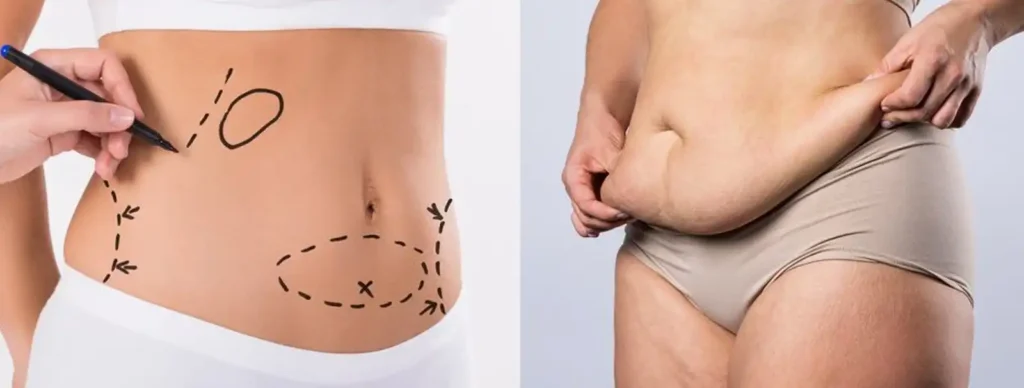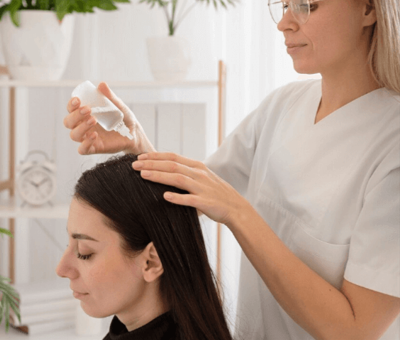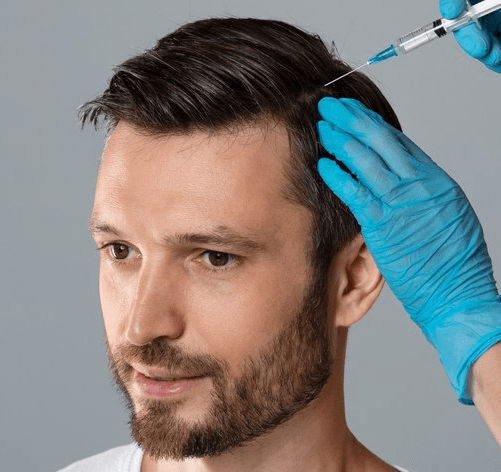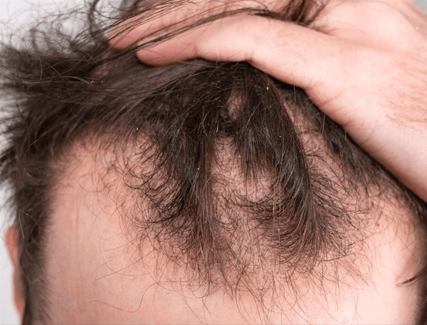Losing a significant amount of weight—whether through bariatric surgery or lifestyle changes—is a life-changing accomplishment. However, for many patients, the journey doesn’t feel complete until they address one remaining concern: loose, sagging skin around the midsection. This is where a tummy tuck (abdominoplasty) can make a dramatic difference, both physically and emotionally.
In this post, we’ll explore what patients who’ve undergone massive weight loss need to know about tummy tucks, including how the procedure works, ideal timing, risks, and expected results.
Why Consider a Tummy Tuck After Massive Weight Loss?
Following a significant weight loss—typically defined as 50+ pounds—patients are often left with:
- Excess skin that hangs over the abdomen and flanks
- Weakened abdominal muscles
- Chronic rashes, irritation, or hygiene issues
- Difficulty finding clothes that fit
- Persistent self-consciousness despite weight loss success
A tummy tuck can help complete the transformation by:
- Removing excess, stretched-out skin
- Tightening abdominal muscles (often separated by prior obesity or pregnancy)
- Creating a flatter, smoother, more contoured abdomen
- Improving comfort, mobility, and quality of life
💡 Fact: Studies show that patients who undergo body contouring after weight loss surgery are more likely to maintain their weight loss over the long term.
What Makes a Post-Weight Loss Tummy Tuck Different?
A tummy tuck after massive weight loss is often more complex than one performed for postpartum patients or mild skin laxity. Here’s why:
✅ Skin Quality
Post-weight loss patients typically have poor skin elasticity, which affects how the skin retracts after fat loss. The surgeon may need to remove larger areas of skin to achieve smooth results.
✅ Muscle Repair
Many patients have weakened or separated abdominal muscles (diastasis recti), which can cause a lingering “belly pooch.” The surgeon will usually tighten the abdominal wall during surgery.
✅ Extended Techniques
In some cases, a fleur-de-lis tummy tuck or lower body lift may be recommended to address both vertical and horizontal skin excess.
Timing: When Should You Get a Tummy Tuck After Weight Loss?
Timing is critical to achieving the best outcome.
Ideal criteria:
- Weight stable for 6–12 months
- 12–18 months post-bariatric surgery
- No plans for future weight loss or pregnancy
- BMI typically below 30 (some surgeons may accept up to 35 with excellent health)
📌 Weight fluctuations after surgery can stretch the skin again or compromise results.
Are You a Good Candidate?
You may be a candidate for a tummy tuck after weight loss if you:
- Have lost 50+ pounds and maintained the loss
- Struggle with loose abdominal skin or hanging folds
- Experience discomfort or hygiene issues from excess skin
- Are in good overall health and a non-smoker
- Have realistic expectations for what surgery can achieve
🔍 Your plastic surgeon will conduct a full health evaluation, including lab work, to ensure you’re ready for surgery.
What to Expect from the Procedure
Surgery Overview:
- Length: 2–4 hours
- Anesthesia: General
- Technique: May include horizontal incision, vertical incision (fleur-de-lis), and muscle tightening
- Add-ons: Liposuction or panniculectomy, if needed
Recovery Timeline:
- 1–2 weeks off work (longer if combined with other procedures)
- Light activity at 2–3 weeks
- Full exercise at 6–8 weeks
- Swelling lasts up to 6 months
Results:
- Immediate improvement in abdominal shape
- Final results in 3–6 months after swelling resolves
- Scars fade gradually over 12–18 months
Tummy Tuck vs. Panniculectomy After Weight Loss
Patients after bariatric surgery may qualify for insurance coverage for a panniculectomy (removal of the hanging pannus or skin apron), but this is not a cosmetic tummy tuck.
| Feature | Tummy Tuck (Abdominoplasty) | Panniculectomy |
|---|---|---|
| Removes excess skin | ✅ | ✅ |
| Tightens abdominal muscles | ✅ | ❌ |
| Improves waist contour | ✅ | ❌ |
| Cosmetic results | High | Moderate |
| Insurance coverage | Rare | Sometimes (medically necessary) |
Risks and Considerations
While abdominoplasty is generally safe, patients who’ve undergone massive weight loss may face unique risks:
- Delayed wound healing due to poor skin quality or tension
- Seroma (fluid buildup) – often requires drains post-op
- Higher chance of scarring (especially with fleur-de-lis technique)
- Increased surgical time if combined with other body contouring
🚨 Always choose a board-certified plastic surgeon with experience in post-weight loss body contouring.
Tips for a Smooth Recovery
- Eat a nutrient-rich, high-protein diet to support healing
- Avoid nicotine and alcohol—they impair circulation
- Wear your compression garment as instructed
- Sleep in a reclined position to reduce tension on incisions
- Take short, frequent walks to prevent blood clots
- Be patient with swelling and scar maturation
Realistic Results: What You Can Expect
- A flatter, firmer, more contoured abdomen
- Dramatic reduction in hanging skin
- Better posture, mobility, and clothing fit
- Boost in self-confidence and body image
While scars are permanent, most patients feel the trade-off is well worth the functional and aesthetic benefits.
Final Thoughts
A tummy tuck after massive weight loss is more than a cosmetic procedure—it’s a reconstructive step toward reclaiming your body, confidence, and comfort. When performed at the right time by a skilled surgeon, it can provide dramatic, life-changing results.




